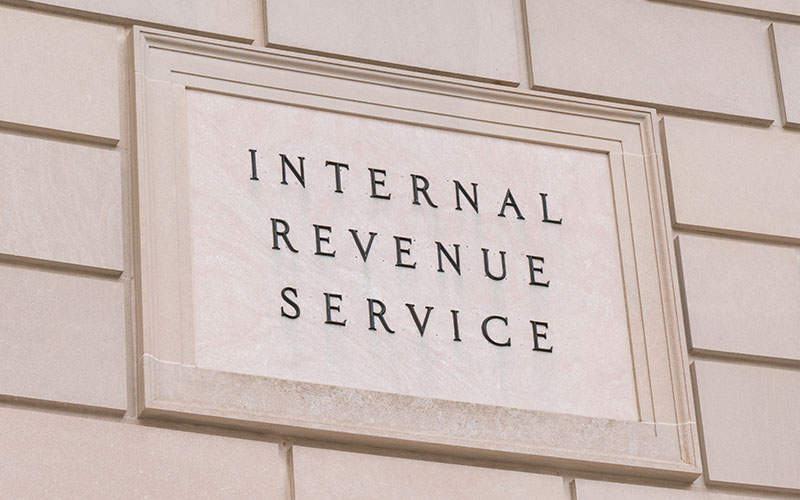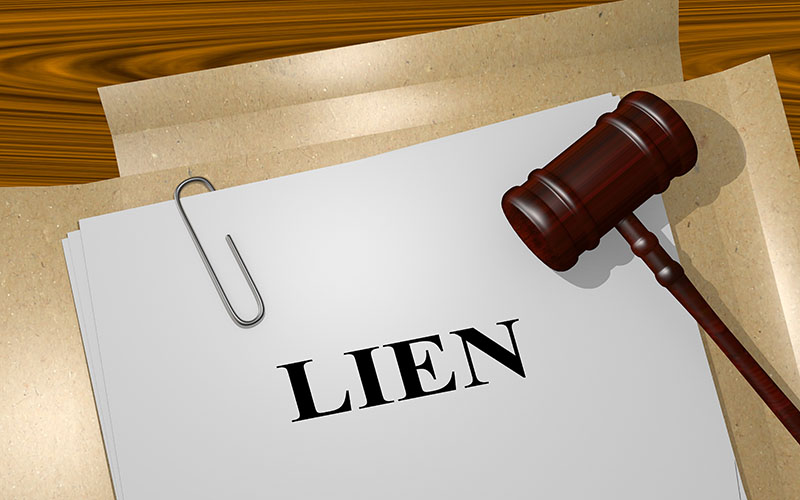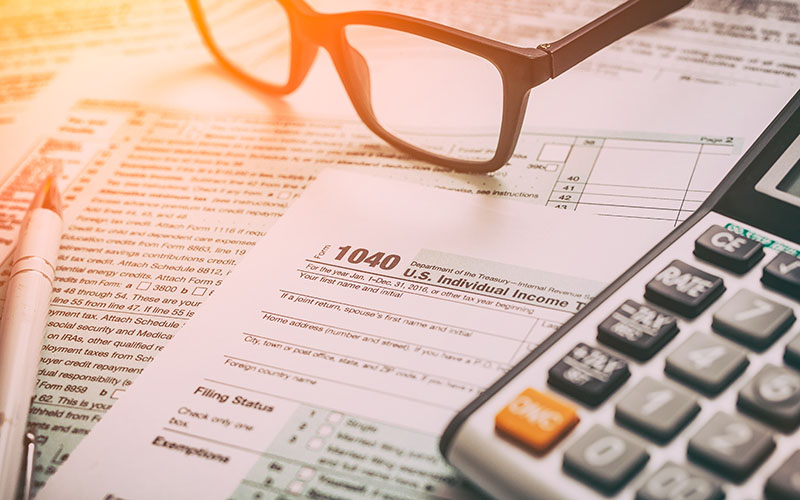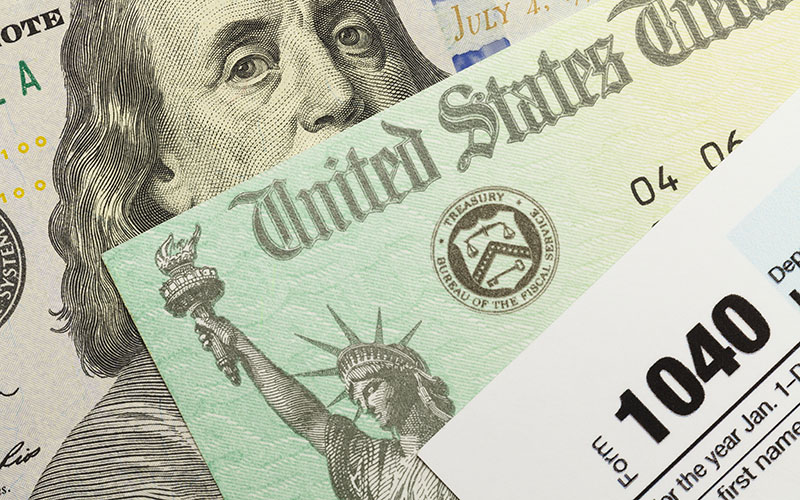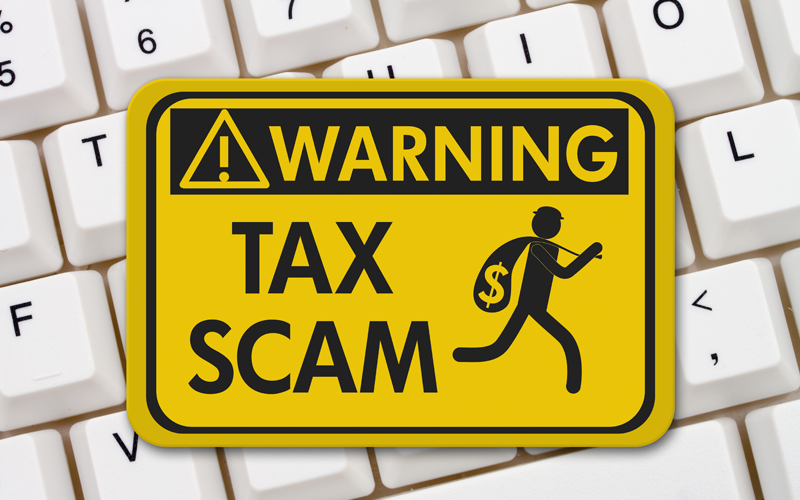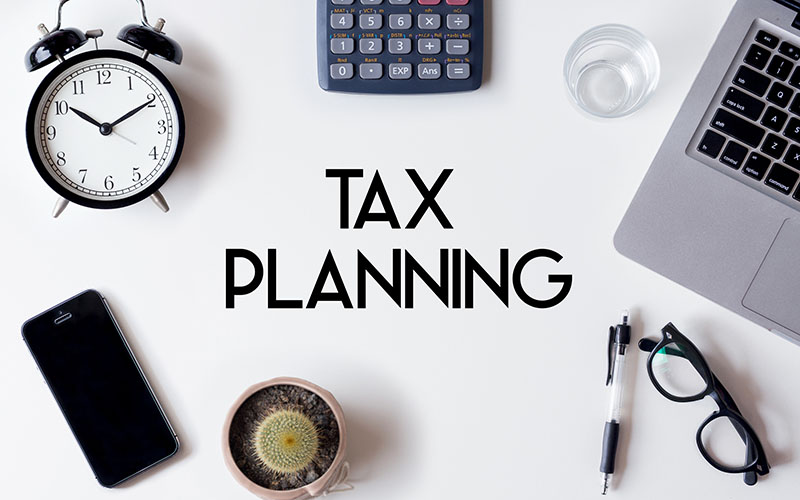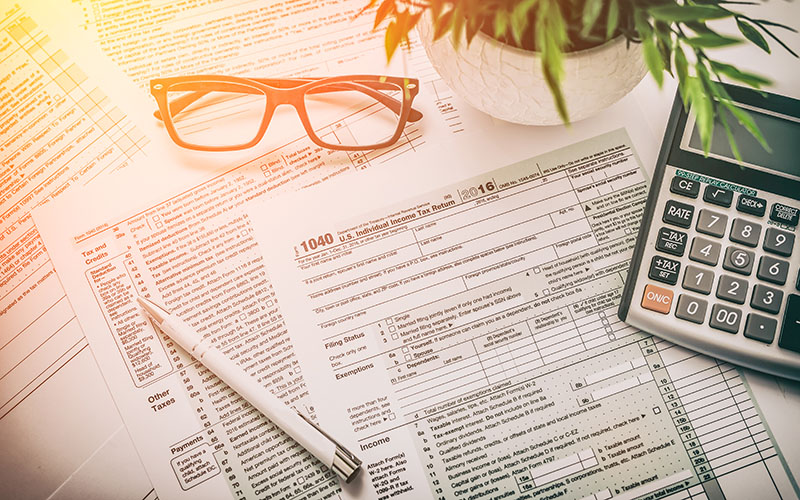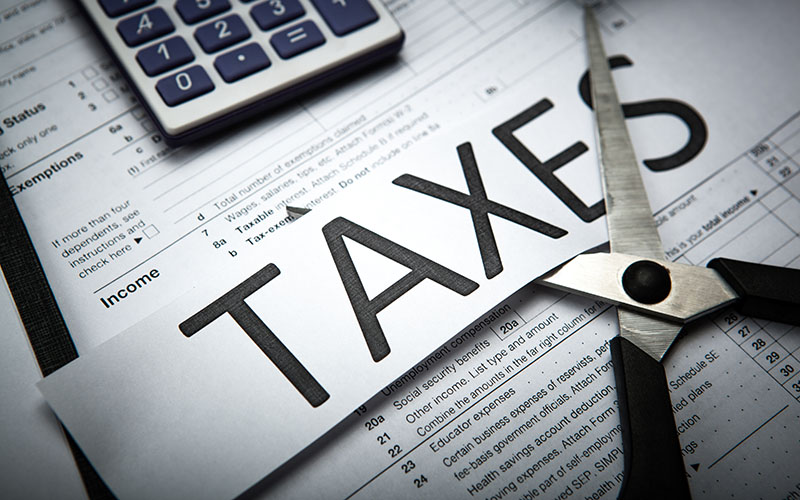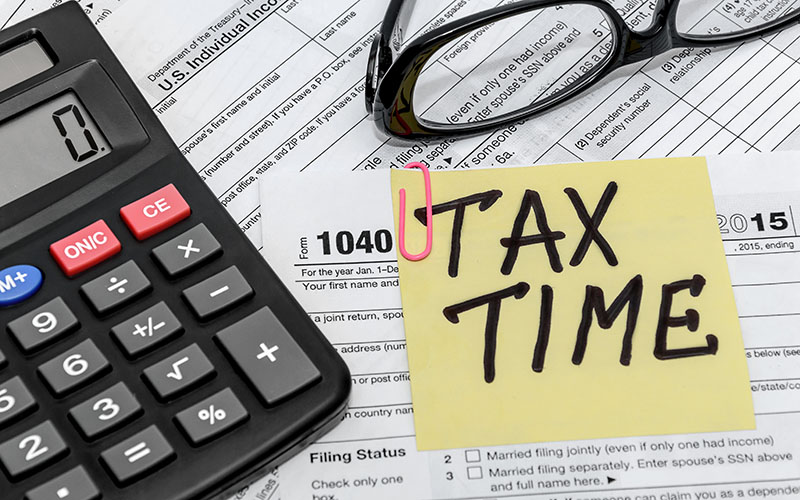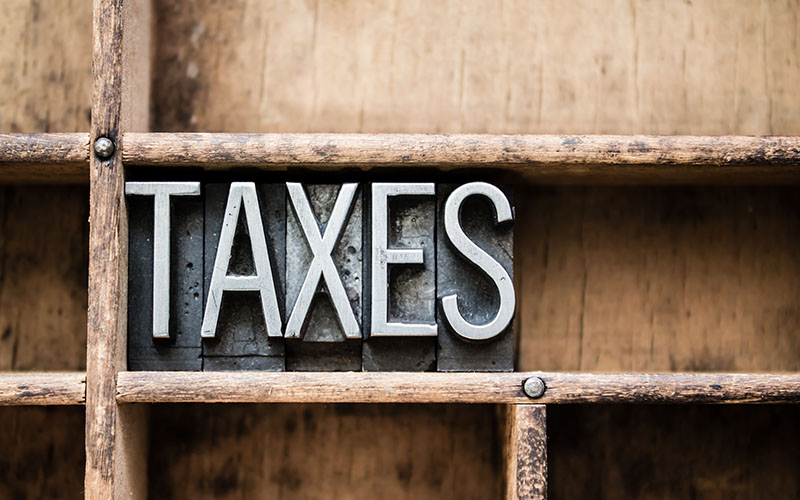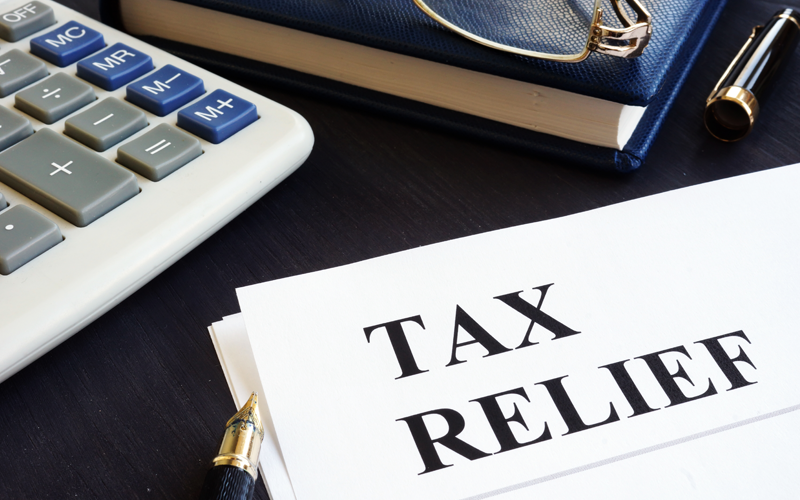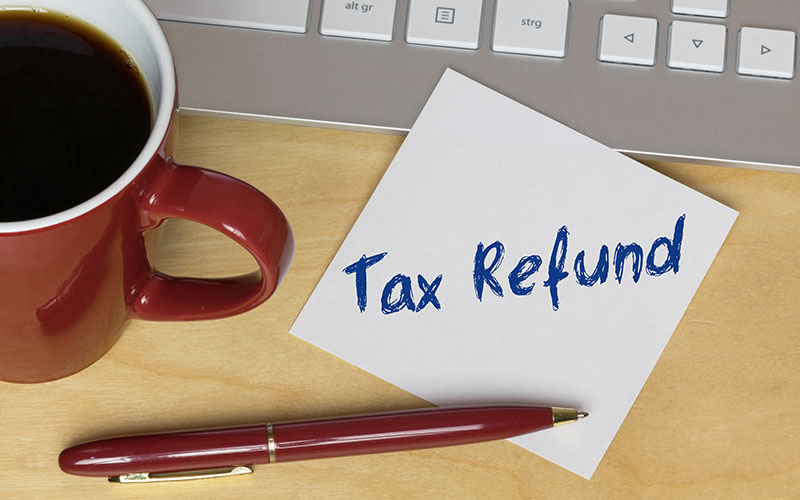What Is the IRS Fresh Start Program?
Key Takeaways
- The IRS Fresh Start Initiative helps individuals and small businesses manage tax debt through expanded access to installment agreements, Offers in Compromise, and lien withdrawals
- Eligibility includes having tax debt under $50,000, filing all tax returns, and being current on estimated payments or federal deposits
- You can apply online at IRS.gov or by mailing Form 9465; working with a tax professional can improve your chances
- Even after approval, you must stay compliant for 5 years to avoid having your original debt reinstated
- Be cautious of limits based on income, debt size, and bankruptcy status; not everyone qualifies

What Is The IRS Fresh Start Program? - Info, Eligibility & How To Apply
When you owe taxes to the IRS, it can be confusing to figure out what your options are.
Can your tax debt be forgiven? How do you avoid fees? Will your assets be seized? When it comes to these questions and more, you may not be sure where to turn.
Fortunately, there are programs and tax relief solutions available to help you navigate the entire process.
One such solution is the IRS’s own Fresh Start Initiative program.
Want to know if you are eligible for tax relief through Fresh Start? Read all about the initiative and how to sign up below.
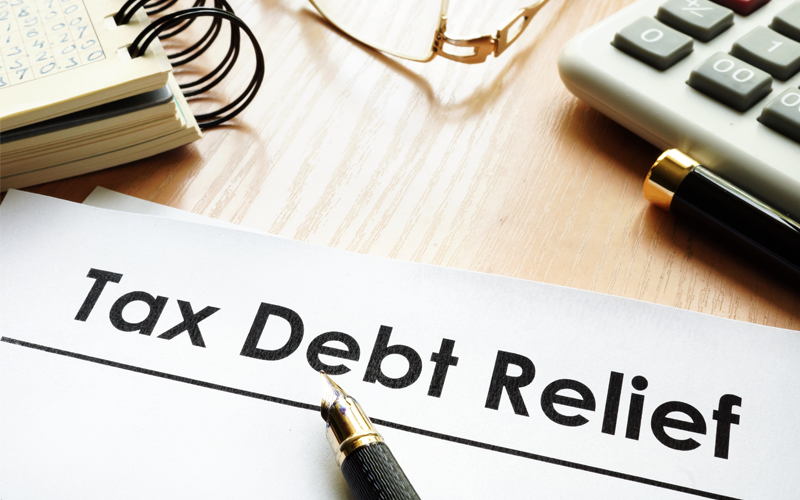
What Is The IRS Fresh Start Initiative?
In 2008, the IRS released the Fresh Start Initiative with the goal of helping “individuals and small businesses meet their tax obligations, without adding unnecessary burden to taxpayers”.
It involved the IRS making significant changes to its lien filing process in order to reduce the negative impact on taxpayers.
“We are making fundamental changes to our lien system and other collection tools that will help taxpayers and give them a fresh start. These steps are good for people facing tough times, and they reflect a responsible approach for the tax system, “ stated IRS Commissioner Doug Shulman. “These steps are in the best interest of both taxpayers and the tax system. People will have a better chance to stay current on their taxes and keep their financial house in order.”
While some sources refer to Fresh Start as a “program”, it is, in fact, a list of guidelines for some of the IRS’s existing programs. The initiative applies to programs like:
- Installment agreements
- Offers in Compromise
- Lien withdrawal requests
- Penalty abatements
- Business tax issues
Fresh Start is the IRS’s most recent move to help taxpayers settle their debts quickly and easily.
What Programs Were Affected By The Fresh Start Initiative?
The most important debt payment programs that were adjusted under the Fresh Start initiative were the Installment Agreement program, the Offer in Compromise program, and the Lien Withdrawal program.
Such adjustments included:
- Easier access to Installment Agreements
- Expansion of the Offer in Compromise program to cover more taxpayers
- Easier access to Lien Withdrawal after paying a tax bill
- Significantly lower monetary thresholds for when liens are issued
Installment Agreements
The IRS offers payment plans to taxpayers who cannot pay their debt in full. These plans are referred to as “installment agreements” and allow you to pay off your debt with smaller monthly payments. Signing up for an installment agreement can help you avoid additional penalties and fees.
While the terms of your agreement can be initiated, it’s ultimately up to the IRS to decide how much you have to pay every month. Fortunately, taxpayers that are approved for an installment agreement and keep up with the payments can pay down their debt without the added stress of late fees (or worse).
With Fresh Start, taxpayers that enter into a “Direct Debit Installment Agreement” will be allowed lien withdrawals under certain scenarios:
- If the unpaid debt is under $25,000
- If a taxpayer on a regular Installment Agreement converts to a Direct Debit Installment Agreement
- If a taxpayer requests a withdrawal on an existing Direct Debit Installment Agreement
This lowers fees (for both taxpayers and the IRS), as payments are able to be made online via IRS.gov. Essentially, the IRS is offering an additional incentive to taxpayers to make regular payments on time.
Additionally, the Fresh Start Initiative raised the dollar limit ($25,000 or less in unpaid taxes) to allow more small businesses to participate in the In-Business Trust Fund Express installment agreement program. Businesses with over $25,000 in unpaid taxes can participate once their debt is paid down to $25,000 or less.
Offers in Compromise
An Offer in Compromise (OIC) is an agreement between a taxpayer and the IRS that reduces the tax debt to less than the full amount owed. Typically this is only an option if the IRS believes that the total liability cannot be paid in full or through an installment agreement.
To cover a larger group of taxpayers, the IRS Fresh Start Initiative also expanded the Offer in Compromise program. Now, taxpayers with an annual income of $100,000 or less can participate. And, participants must have a tax liability of $50,000 or less (versus the $25,000 limit of before).
If you decide to file an Offer in Compromise through the OIC program, the IRS will assess your unpaid tax and determine whether you are eligible based on three qualifications:
- Whether the IRS would be able to collect more money through collections versus through the Offer in Compromise
- Whether there is any doubt that the tax liability is inaccurate
- Whether forced collection would result in personal financial hardship
An Offer in Compromise can be difficult to obtain and can take months for approval. Your best bet is to work with a trusted tax relief company that will negotiate with the IRS on your behalf, increasing your chances for approval.
Lien Withdrawal
Another program that was affected by the Fresh Start Initiative was the process for tax liens. A tax lien is the government’s claim on your property in order to secure payment for taxes you owe to the IRS.
Under Fresh Start, you can request a withdrawal of the lien if you have paid off your tax debt. It also increased the amount owed to $10,000 before you are issued a tax lien. (However, there are still some cases where a lien will be served even if the amount owed is under $10,000).
Finally, Fresh Start streamlined the process to allow IRS personnel to withdraw liens faster than before.
Who Qualifies for the IRS Fresh Start Program?
Qualifications for specific types of tax repayment installment programs depend on the type of relief you’re seeking.
However, to be eligible for any of the Fresh Start initiatives, you must:
- Prove you do not have the assets or income to pay the tax debts you owe
- File all your past and current tax returns
- Make all required estimated tax payments for the current year, if you’re self-employed or a small business owner
- Make all required federal tax deposits, if you own a business with employees
- Not be in open bankruptcy proceedings
If you owe less than $50,000 in tax debts, you can begin your application to the Fresh Start Program immediately.
Are There Limits On Who Can Use Fresh Start?
Unfortunately, yes. The limits depend primarily on one’s financial situation and tax balance. Some of the most common limitations include:
- Taxpayers who make over $200,000 per year (married, filed jointly) or $100,000 (single).
- Taxpayers with a balance of over $50,000.
- Taxpayers who are self-employed who must show proof of a 25% decrease in net income.
Despite these limitations, you still have options. Work with a trusted tax relief company to walk you through the process and increase your chances of being approved.
How Do I Apply For The Fresh Start Program?
If you believe you qualify for the Fresh Start Program, the first step to being approved is to make sure you are current on all your tax filings. The IRS will not even consider your application for any sort of tax relief if you have not filed past or current tax returns.
Additionally, you have to resolve that you will file all tax returns on time while you are enrolled in the Fresh Start Program.
Once all your tax returns have been filed, you can visit IRS.gov and enroll in the program using the Online Payment Agreement tool. Individuals and businesses can enroll in the Fresh Start Program to help pay their back taxes.
When filling out the application, you will need to be sure you provide:
- Your name exactly as it appeared on your tax return
- A valid email address
- An address from the most recent filed tax return
- Your birthdate
- Your filing status
- Your Social Security Number or Individual Tax ID Number
- A means to confirm your identity – such as a financial account number, a mobile phone number registered in your name, or an activation code received by postal mail (which takes 5 to 10 days)
- The username and password of the account used if you’ve previously registered for an Online Payment Agreement, Get Transcript, or any Identity Protection PIN
If you’d prefer not to apply online, you can fill out a Form 9465 and mail it to the IRS.
The enrollment process - and the repayment agreement you’re offered - can be confusing for many people. Finding a tax professional who can help you choose the right type of payment agreement, as well as walk you through the application, may be beneficial.
How Long Will Fresh Start With The IRS Take?
There is no set timeframe for how long the Fresh State application will take. However, it’s not uncommon for it to take several months. Your best chance of speeding up the process is to work with a tax debt relief specialist.
What Happens If I Am Approved?
If the IRS grants your request, you will begin paying against your agreed amount.
For those approved for Offers in Compromise who pay in one lump sum, or for those entering into short-term (120 days or less) payment plans, there is no fee added to your owed taxes.
If you enter into a longer-term payment agreement, your account is subject to setup fees. For payment plans longer than 120 days where your payments will be direct debited from your bank account, the setup fee is $31. If you plan to use Direct Pay, credit or debit card, check, or money order, your setup fee is $149.
For low-income taxpayers, the fee may be reduced or waived entirely if you meet certain criteria.
Can The IRS Reopen My Debt After A Fresh Start Initiative Settlement?
Yes. Your Fresh Start settlement can be reopened and revised even after the amount has been paid.
In fact, you are required to make all of your payments and file and pay your taxes for 5 years after completing your settlement arrangement. If you don’t, the IRS may come after you for the original amount owed.
To avoid any issues, it’s important to stay up-to-date on the latest IRS initiatives. These can change with little warning, so you must stay vigilant.
At The Credit Review, we get taxpayers connected with the best debt relief companies to help them navigate the entire process without any hiccups. Working with a tax debt relief company can help you save loads of money on fees and penalties – and can possibly buy you more time.

Get Help Settling Your IRS Tax Debt
Not sure if you are eligible for the IRS Fresh Start Program? Want to find relief to your tax issues fast? Work with a reputable tax relief company today!
What is the IRS Fresh Start program?
The IRS Fresh Start Program is a program that allows consumers to pay off their tax debt during a time period of six years by making payments that are based on their income and value of liquid assets.
How do I know if I am eligible?
To be eligible for any of the Fresh Start initiatives, you must prove that you do not have the assets or income to pay the tax debts you owe, file all your past and current tax returns, make all required estimated tax payments for the current year if you’re self-employed or a small business owner, make all required federal tax deposits if you own a business with employees, and not be in open bankruptcy proceedings.
Is the IRS Fresh Start a tax relief program?
Sort of. The Fresh Start Initiative is a new set of guidelines that apply to existing IRS programs, including Lien Withdrawal, Offers in Compromise, and Installment Agreements. Fresh Start was implemented by the IRS in order to offer more tax debt relief options to a wider group of taxpayers, helping them save money on fees and penalties.
Can I negotiate my IRS debt?
Yes. You can negotiate your debt owed to the IRS based on your balance owed, your tax filing status, and your financial situation. The IRS Fresh Start program lists various qualifications and limitation, but you have several options available. In order to get the best arrangement for you, it’s recommended that you work with a tax relief company who can negotiate on your behalf.
Can my tax debt be forgiven?
This depends on a variety of factors. In some cases, taxpayers may be eligible for one-time forgiveness. This is hard to get and approval can take months. Typically, you have to prove that paying your debt will result in personal financial hardship.
How do I apply?
To apply for Fresh Start, visit IRS.gov and enroll in the program using the Online Payment Agreement tool. Note that you will need to provide your name, a valid email address, your address from the most recent filed tax return, your birthdate, your filing status, your Social Security Number or Individual Tax ID Number, proof of identification, and the username and password of the account used through the IRS.
Edited by:
Bryan Huynh
•
Product Tester & Writer

